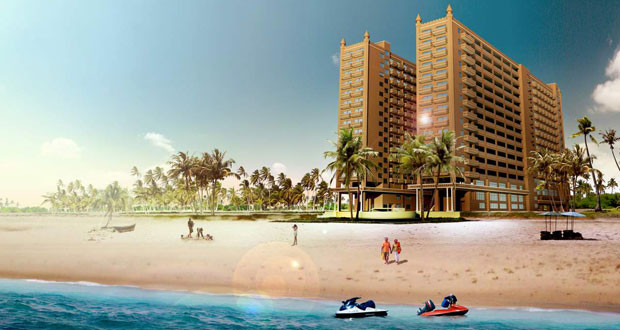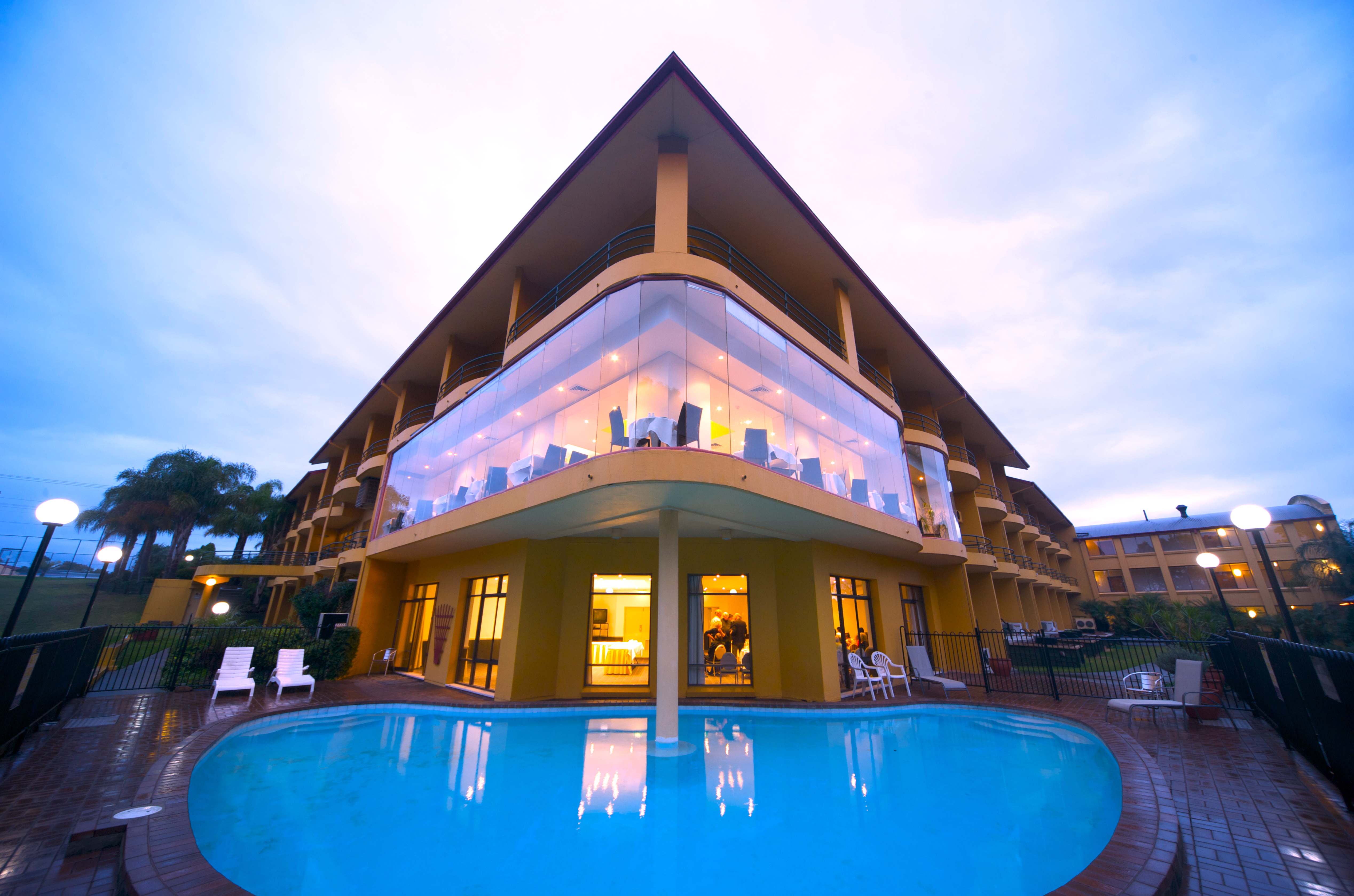Change is a constant in the hospitality industry due to the ebb and flow of market conditions, the latest trends and the power of the supply/demand cycle. To effectively evolve – and succeed – it’s imperative for today’s hotel owners and management to stay abreast of opportunities to drive high guest satisfaction levels and profitability. It’s simple – savvy hoteliers are eyeing change for their best interests, based on the movement of the hospitality industry.
Look to the upper economy and lower mid-scale segment. In some geographic markets this year, the demand of economy hotels is outpacing supply, plus there is a softening of hotel construction. These two factors mean there is great potential now in this sector for both brand conversions and first-timers to encourage growth.
Hotel companies are responding by introducing competitive franchise products, but the question of when to implement change requires keen consideration. Here are several key insights into when the time is right for hotels in the upper economy / lower mid-scale segment to explore their choices in order to move the profitability needle forward.
Revamp Your “Squad”

The company you keep is crucial, so hoteliers should feel empowered by making a big move to improve their “squad” when a shift in direction proves to be necessary.
Although multiple reasons drive the need for change, one particular standout is when franchise contracts are one-sided to the benefit of the brand – and this need for change is by no means specific to the luxury space. Franchise contracts that don’t deliver – ones that contain high franchise fees, but reflect no support, service or value for the property itself – are not strategically smart or fiscally sound.
Hotels are encouraged to seek out opportunities that are more lucrative and an overall better fit because franchise agreements should have equal substance for both the franchisor and the franchisee. Numerous choices for the upper economy and lower mid-scale market have entered the hospitality marketplace, including Best Western’s newly launched SureStay white-label franchise concept, which offers a 15-year contract with the opportunity for early termination, freedom to source vendors of choice, no PIP (Property Improvement Plan) requirements and savings on OTA commissions, among other benefits. Within the SureStay franchise model, there are three distinctive brands – SureStay Hotel (premium economy), SureStay Plus Hotel (lower midscale) and SureStay Signature Collection (midscale soft brand).
Expand Franchise Horizons

An upper economy hotel has been tied to a franchise agreement for years, but the results have been less than extraordinary – what’s the next step?
Before the agreement expires and owners are compelled to re-sign out of convenience, explore the potential of repositioning with another brand in the segment. A new flag affiliation signals a fresh start and a chance to gain a competitive edge, significantly improve guest satisfaction and boost financial reward.
Align with a brand that shares the same long-term goals and operating philosophies. Sign-on with a company that offers (and stands behind) a suite of sales, marketing, distribution and operational resources aimed at propelling property success in the growing upper economy space. Aging mid-scale hotels also have the opportunity to reinvent themselves in the economy segment where new brand backing and fresh ideas are re-energizing.
Raise the Bar with Marketing & Distribution

Distinguishing oneself from the competition in order to gain healthy market share demands well-crafted plans for sales, marketing and distribution, particularly electronic distribution. Otherwise, it’s like a rowboat without oars – there’s no support for propelling forward.
When a hotel in the upper economy and lower mid-scale sector has committed to a brand franchise, they expect some marketing and distribution commitment in return. When the brand is weak on marketing and distribution assistance, it’s time to explore other opportunities to take customer-acquisition efforts to the next level.
Consider brands that will grow your revenue by offering substantial resources to leverage. For example, Best Western’s SureStay flag features a Cloud-based property management system, enhanced SEO features, global sales support and property-level sales coaching, partnerships with leading OTAs, and individualized corporate consulting to help manage reviews and social media platforms.
Seek Out Maximum Brand Potential

When occupancy is high, hotels in the upper economy and lower mid-scale market tend to maintain their franchise contracts and continue with business as usual. But, what if a particular flag has reached its maximum potential for your property?
The hotel mix in a specific market constantly changes, adding new competition and motivating a re-examination of an asset to determine the next phase of its life. Take charge of the right path to a hotel’s potential and profits.
Converting hotel brands (and upgrading offerings such as renovating rooms) makes sense when the demand cycle softens so as to minimize the impact on occupancy. When the cycle dips, it’s also a good time for independent upper economy hotels to consider joining a brand for the first time. And, with a tightening of loans, some lenders require a brand affiliation and hotel management agreements in place before committing financing, making brand choice extremely important.
Change is a fact of hospitality life, and aligning with the right partner for the upper economy / mid-scale segment indisputably strengthens an entire hotel operation. Know when it’s time to convert brands or consider raising a flag for the first time. Strategic support from a brand partner that will drive heads in beds and financial prosperity is crucial – and hotels should expect nothing less from their brand.
